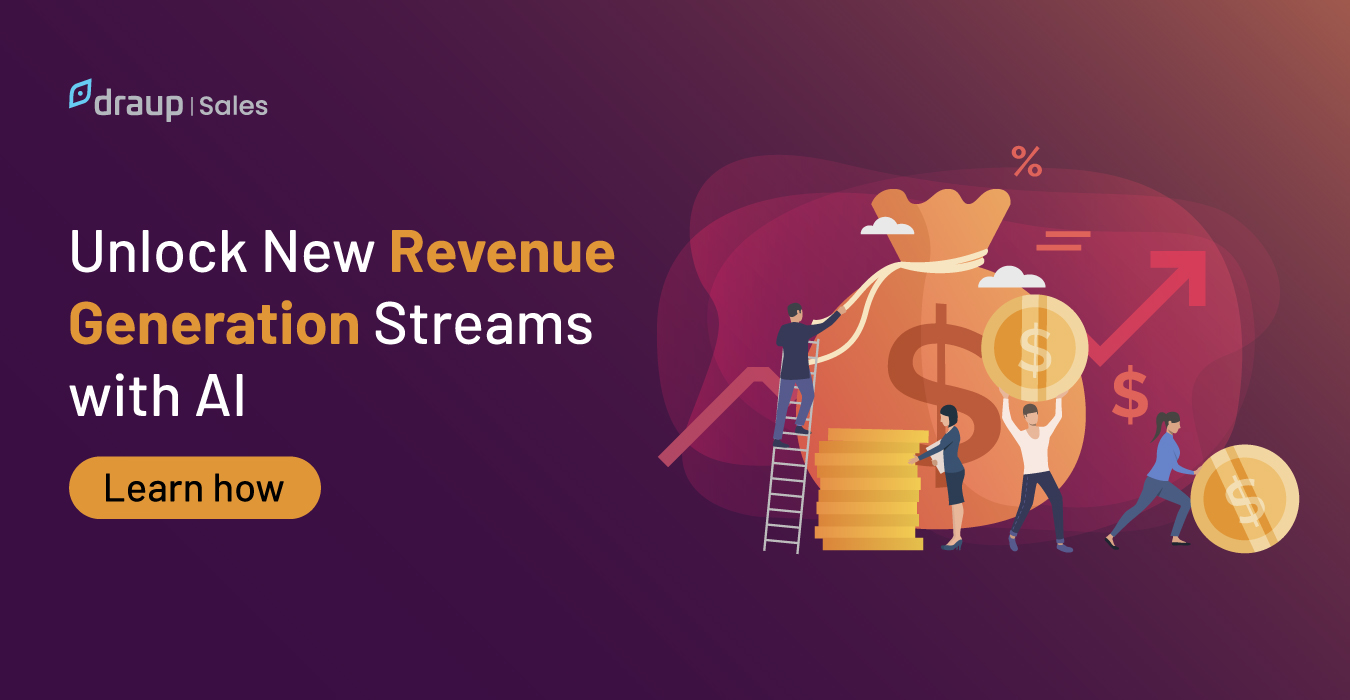By 2040, 95% of all purchases will be online, with the digital retail market growing at over 23% year on year. It is also worth noting that by the start of 2022, there will be around 2.14 Bn global digital buyers accounting for a total of 18.1 percent of the retail sales worldwide that require a robust retail workforce to balance.
These statistics indicate that the future of retail is turning digital and retail tech is slowly making its way into the industry. The future of retail will not be limited to online only. It will be a convergence of online and offline in a hybrid operational model.
To meet the evolving needs of customers in a complex economic and social climate will be very challenging for enterprises. To make things trickier, the digital shift is taking place faster than ever, and it demands a significantly adaptive retail workforce: one that is digital, data fluent, and diverse.
Hybrid workforce
The pandemic proved that productivity is not limited to an office space. A recent survey discovered that 39% of employees would consider quitting if their employer wasn’t flexible about remote work. And that figure sits even higher at 49% for millennials and Gen Z.
The remote work model helped employees spend more time with their families, travel, and work better by staying at home. It tried to offer the perfect work-life balance people were looking for.
Following this, employers are pushing to incorporate a hybrid work model combining office time with remote working to match employee expectations.
This has a significant impact on retail since most employees are needed at the workspace, and it is challenging to offer everybody a facility to work from home. Here, a hybrid model can be utilized with a mix of technology with on-site working.
For example, employees managing the digital areas of the firm and back office can work remotely while the front office staff can work from the office.
Reskilling to match up
The significance of reskilling in retail has increased manifold, especially in the current volatile, uncertain, complex, and ambiguous business environment. Since retail is turning digital, many employees report not having the necessary skillsets to match its speed.
Companies not utilizing this time to reskill their employees and equip them with the needed skillsets are bound to suffer in the digital retail space.
Reskilling for retail is a win-win for both employers and employees. For employees, it’s equipping them with the necessary tech skills they need to excel in the digital retail world. For employers, it’s developing their talent, which is more cost-effective than attracting new talent.
Forecast and Analyze talent trends
With the changing market dynamics, job roles are evolving too with a digital-first approach to work. Today, new-age job roles that leverage talent in AI, ML, Cloud, Data Science, IoT, and other technologies are looking at a talent gap of ~20% to 33% on average.
Considering the pace at which retail is moving towards a digital future, your workforce needs to be equipped with the necessary technologies. When planning your workforce, one has to prepare for the future, and for that purpose, forecasting becomes paramount.
AI can transform existing data into predicted trends and forecast the future using many algorithms and ML models it utilizes.
AI uses its data stack and forecasts:
- Digital technologies relevant for the future.
- Emerging new-age roles
- Skillsets needed for an effective workforce
- Talent needs of the present
- Any reskilling and L&D programs as needed
This information can help you prepare years ahead of your competition and prepare your workforce for global change.
Targeted Hiring and early-career talent
In the next few years, finding top talent will depend on a recruiter’s ability to intelligently automate their workflow and unearth insights into their talent pool. Recruiters must hire candidates that suit their criteria very well to avoid attrition during the ongoing talent war. With the help of AI-powered talent management tools, recruiters feel more equipped to hire better for their companies.
Another focus area for recruiters is the early-career talent, which is the largest workforce available to them at this time.
Industry research indicates that early-career talent comes with a strong work ethic, a focused mindset, a bigger purpose, and a flexible way of working.
This group is more flexible in their approach than older talent, who might be set in their ways. In addition, this tech-savvy group may not require extensive training with technology.
Draup is a talent management tool built upon over 4500 job roles across 30,000 skills in 33 industries. Draup‘s extensive database consists of comprehensive data on over 100,000+ courses and career paths specifically designed using AI and ML models to suit every employee and redefine talent management from the core.,







